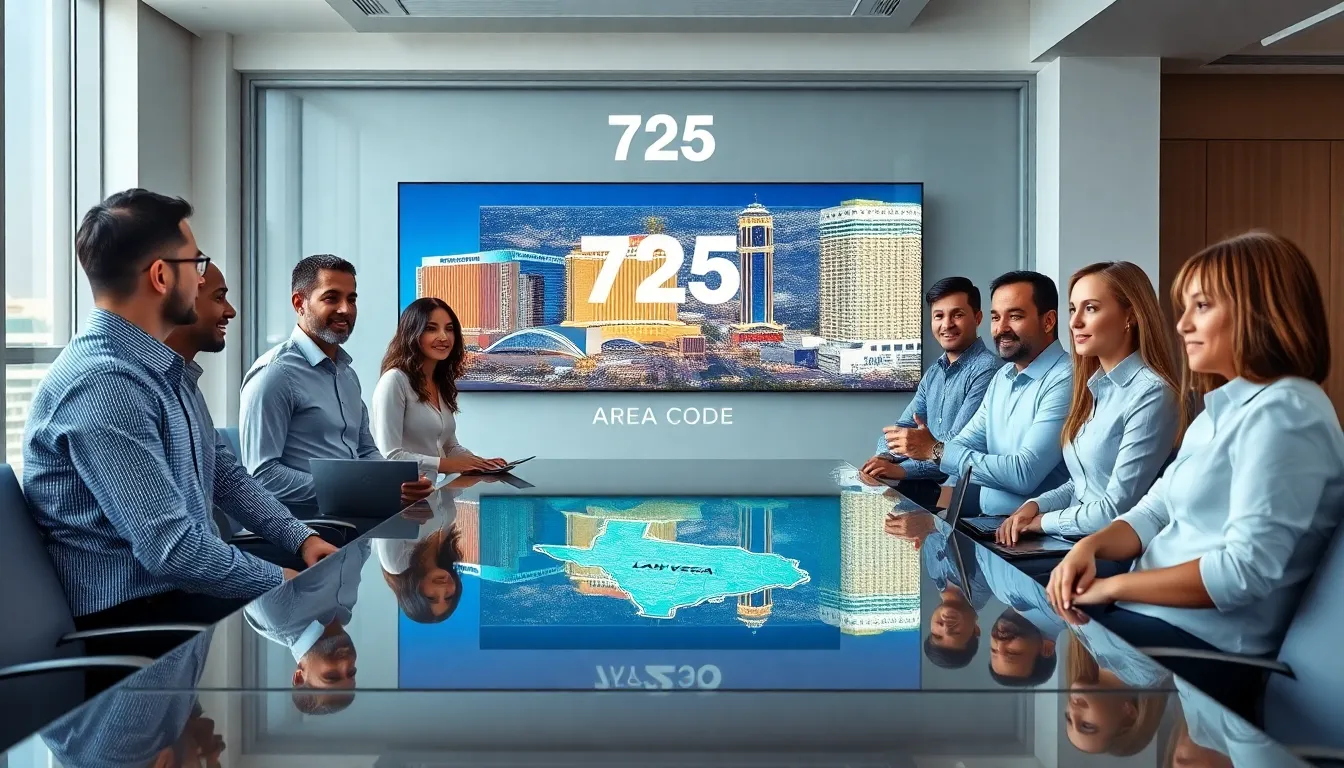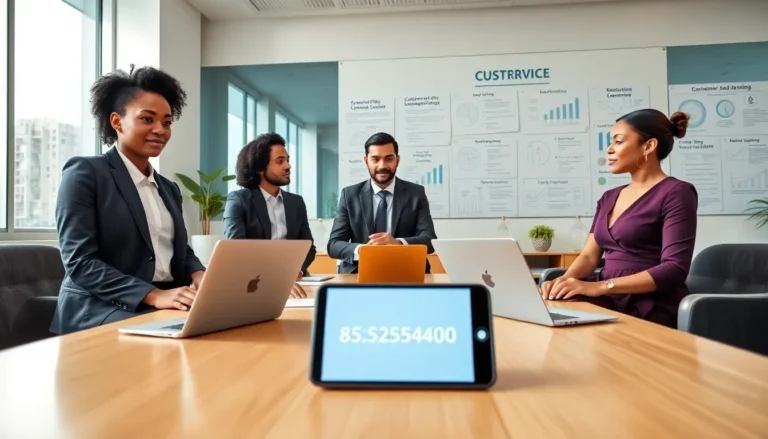Have you ever looked at your phone and wondered, “What’s the deal with this area code 7252310336?” You’re not alone. In a world where number formats can feel like secret codes, it’s easy to get confused. Fear not, as we jump into the intriguing realm of area codes, specifically 725. Buckle up for a journey that’s not only informative but also has a sprinkle of humor. Let’s crack the code.
Table of Contents
ToggleUnderstanding the Number Format

Significance of Area Code 725
Area code 725 isn’t just another random string of digits: it holds a special significance in the telecommunications landscape. Established as a relief area code for the 702 region, 725 came into play in 2014. It primarily serves the vibrant and ever-growing Las Vegas metropolitan area. This means when dialing a number that starts with 725, you’re most likely reaching someone connected to the glitz and glamour of Sin City.
Geographic Locations Covered
You’ll find area code 725 predominantly in the heart of Nevada, particularly covering parts of Clark County. This includes the bustling Las Vegas Strip and nearby suburbs. The area code also serves places like Henderson and other surrounding communities. Essentially, whenever you see a number sporting this code, it’s a signal that you’re reaching someone in the land of high stakes and entertainment.
Historical Context of the Area Code
Key Telecommunications Developments
Delving into the history of area code 725 reveals some interesting developments in telecommunications. Originally, the 702 area code served all of Nevada: but, as the population increased, it became apparent that a new area code was needed to manage the demand. So, 725 was born, reflecting the growth of not just the population, but an entrepreneurial spirit that defines the area.
Regulatory Changes Affecting Area Codes
Along with the evolution of area codes, regulatory changes played a significant role. The North American Numbering Plan (NANP) oversees distribution, ensuring that area codes are allocated efficiently to support communities as they grow. These changes helped shape 725 into what it is today, a dynamic area code aligned with shifting demands.
Common Misunderstandings and Myths
Misconceptions About Number Assignments
Area code 725 often encounters various myths. One common misconception is that numbers in this code are more likely to be associated with scams or spam calls. While it’s essential to be vigilant, not every call from a 725 number is malicious. The reputation stems from the high volume of businesses in the area, leading to a flurry of marketing calls. It’s crucial to verify before jumping to conclusions.
Impact of Spam and Scams Involving Area Codes
Safety Tips for Responding to Unknown Calls
Spam is a troublesome aspect of modern telecommunications, and area code 725 is no exception. Calls from unknown numbers can be alarming, but heeding a few safety tips can keep you secure. Always consider letting a call go to voicemail if it feels suspicious. Genuine callers will often leave a message. Be cautious of revealing personal information, and if a deal sounds too good to be true, it probably is. Protecting yourself in the digital age requires a mix of skepticism and common sense.
Future of Area Code 725 and Numbering System
Predicted Trends in Telecommunications
Looking ahead, the future of area code 725 looks promising. As technology evolves, so does the way we communicate. With the potential for an increasing demand for more phone numbers, the region may see further adjustments in its numbering system. This can involve either the introduction of new area codes or modifications to existing structures to meet growth in mobile and telecommunication services.
Potential Changes to Area Code Structure
The possibility of changes in the area code structure isn’t just a pipe dream. As not only the Las Vegas area grows but telecommunications in general, discussions around implementing overlay area codes or reorganizing existing ones are becoming more frequent. Residents and businesses alike must stay informed to adapt to these changes. Safeguarding against potential confusion means being proactive about understanding how any modifications could influence dialing practices.



